The healthcare industry has been in a quandary since the emergence of COVID-19. Patients seeking routine medical help in facilities risk contracting COVID-19 as a hospital acquired infection (HAI), a pathogen that’s most likely far worse than the affliction prompting their facility visit.
Physician and dental office waiting areas and hospital lobbies are particularly subject to infection spread if an asymptomatic visitor is infected with COVID-19. This has eroded patient confidence when choosing elective healthcare procedures that could expose them to the pandemic virus.
Help is on the way, however, as one recently developed solution comes from air curtains, a product that’s already commonly used in healthcare facilities, not to fight viruses, but to energy-efficiently separate environments at doorways and protect thermal comfort. Engineers have specified air curtains for decades at hospital entrances. They blow a steady, laminar airstream that “air-seals” an open doorway from outdoor elements, dust and flying insects.
Separating indoor air from winter or summer outdoor conditions during open door cycles saves thousands of dollars annually for healthcare facilities, such as UPMC, Pittsburgh; Beaumont Health, Dearborn, Mich.; Cleveland Clinic, Cleveland; and University of Chicago Hospital Group, Chicago.
Now, the air curtain industry has recently developed methods that can deactivate most viruses, starting at the entrance, including SARS CoV-2, the virus that causes COVID-19 coronavirus disease. A well-established technology, bipolar ionization is now an option offered inside air curtains to aggressively deactivate SARS CoV-2, as well as other pathogens.
A form of bipolar ionization, needlepoint bipolar ionization (NPBI) is used by hospitals across North America in their HVAC air handling systems to actively disinfect air of viruses, bacteria, mold spores and to remove odors and volatile organic compounds (VOC). Now it’s offered in main entrance air curtains to reduce the accompanying space’s airborne particulates. Due to their doorway locations and high CFMs, air curtains are uniquely positioned to provide a high ion density shower to aggressively deactivate viruses.
There are now studies proving NPBI’s efficacy, such as a recent third-party test by Innovative Bioanalysis, Cypress, Calif., to neutralize SARS CoV-2 in the air and on surfaces. The test proved a 99.4-percent success rate during 30-minute exposures1. NPBI also disinfects mold, mildew, allergens, bacteria and other airborne biological contaminants.
How does this affect a hospital lobby or healthcare waiting area? Bipolar ionization comes in several varieties that have been used in commercial HVAC equipment for several years. The NPBI type of bipolar ionization creates a plasma field highly concentrated with positively and negatively-charged ions that aggressively seek airborne contaminants. A healthcare facility doorway air curtain outfitted with an NPBI module in its supply airstream distributes the ions throughout the space that the exterior doorway serves. These ions proactively seek and electrically attach to microscopic particles, pathogens and gases in the air and on surfaces.
The negative ions are the disinfection workhorses, whereas the positive ions help prevent a negative charge build-up. They kill pathogens by robbing them of life-sustaining hydrogen. The ions also break down harmful volatile organic compounds (VOC) by using an electron volt potential under twelve (eV<12) to convert them into harmless compounds, such as O2, CO2, N2, and H2O, while also preventing the formation of ozone, aldehydes and ultra-fine particles. Furthermore, the polarized sub-micron particles’ electrical attraction and subsequent agglomeration potentially enlarges them for easier capture either in the filter of the air curtain or the HVAC system conditioning the area. If they’re not drawn into air filters, the added ion attachment weight eventually drops the particles out of the breathing zone for removal during daily building surface cleaning.
During open door cycles, the air curtain performs traditional environmental separation while also purifying the air with ions. When the door closes, the air curtain’s digital controller automatically transitions to a quieter, low speed air purifier mode for continuous ion distribution throughout the space.
For example, an air purifier setting on a 72-inch-long, two-motor/two NPBI module air curtain distributes a minimum ion density of 787 ions/inch2 (2,000 ions/cm2) per minute in a 6,000-square-foot interior space with a nine-foot-high ceiling. Proportionately, a three-motor/three-NPBI module air curtain covers up to 9,000 square feet. On the air purification night unoccupied mode, the air curtain runs at a significantly higher velocity to provide optimum ion density. This de-stratifies the room air and comprehensively fills the entire space with air purifying ions prior to occupancy periods.
Most air curtains have multiple speeds today and 10-speed operation is very commonplace. A 10-speed air curtain over a 72-inch-wide double glass door ranges from 1,700 to 3,100-CFM and 1,050 to 1,800-RPMs. The emergence of energy-efficient EC motors in air curtains allows air disinfection mode operation below the 10-speeds for when the space is occupied. This air disinfection mode is approximately half the CFM of the lowest speed. This attenuates the fan noise to under 50-db, which equals a quiet office ambience, or the hum of a residential refrigerator compressor. During unoccupied after-hour periods, a deep-cleaning night mode using the highest fan speed can be used to disinfect the space with a full capacity of ion density.
Besides SARS CoV-2, other pathogens have been proven to be disinfected by NPBI as well. These tests consist of a petri dish containing a pathogen placed underneath a laboratory hood, then monitored to assess the pathogen’s reactivity to NPBI over time. This controlled environment allows for comparison across different types of pathogens. For example, Norovirus (93.5%–30 minutes), Human Coronavirus 229E (90%–60 minutes), Legionella (99.7%–30 minutes) and Clostridium Difficile “C-Diff” (86.8%–30 minutes) were all disinfected by third-party labs NPBI tests over the listed times and effectiveness2.
Another test method takes counts of airborne pathogens before and after aerosolizing them into a sealed, unoccupied laboratory environmental room installed with NPBI technology. The larger space more closely resembles a real-world environment. For example, Tuberculosis (69%–60 minutes), Staphylococcus (96.2%–30 minutes), MRSA (96.2%–30 minutes) and E.coli (99.6%–15 minutes) were disinfected in the test2.
SARS CoV-2 may be short lived by the end of 2021 when considering the U.S.’s ambitious vaccination program. However, nobody knows if, when or where the next pandemic will evolve. Healthcare facilities already outfitted with pathogen-fighting air curtains will be ahead of the curve. It can also instill confidence in the public that’s skeptical of HAI in healthcare facilities. Even if another pandemic doesn’t occur during this generation, the air curtain will still provide its original benefits of preventing the infiltration of outdoor air, flying insects, vehicle emissions and dirt when healthcare lobby and waiting area doorways open.
Phil Thomas is product manager at Berner International, a New Castle, Pa.-based air curtain manufacturer. Thomas is a 25-year veteran of the product development industry with 15 years at Berner. He holds several patents related to air curtains including the incorporation of needlepoint bipolar ionization (NPBI), Venturi electric heaters and the Internet of Things (IoT). He holds a B.S. in Industrial Technology from the California University of Pennsylvania and has served the board of the Product Development and Management Association (PDMA) as vice president.
References:
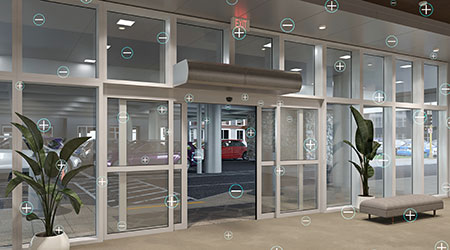
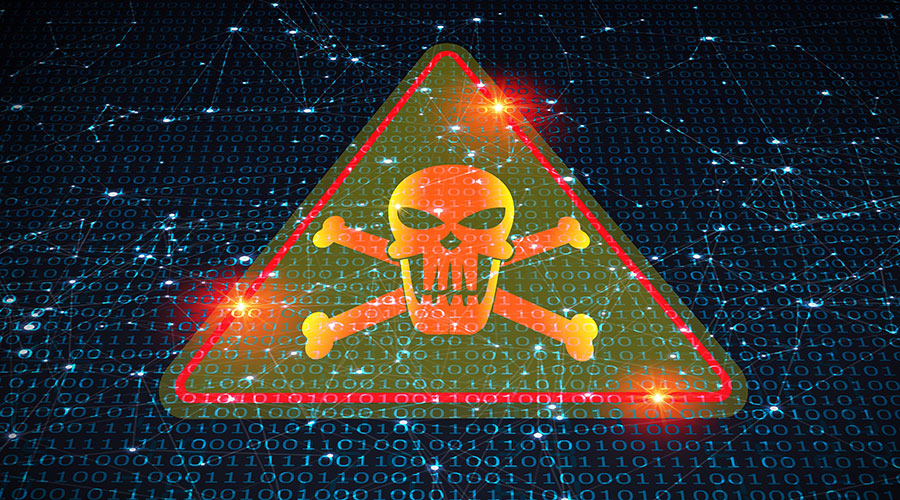 On the Lookout: The Software Supply Chain as a Healthcare Cyberattack Vector
On the Lookout: The Software Supply Chain as a Healthcare Cyberattack Vector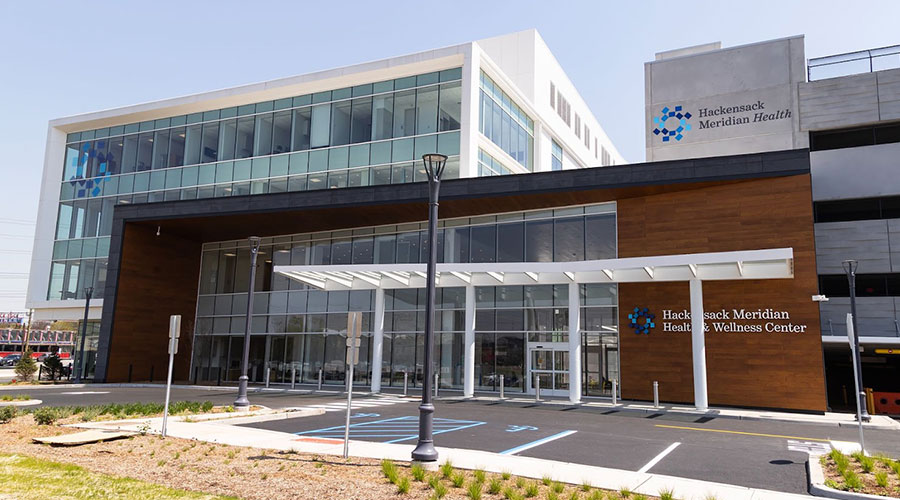 Hackensack Meridian Health & Wellness Center at Clifton Opens
Hackensack Meridian Health & Wellness Center at Clifton Opens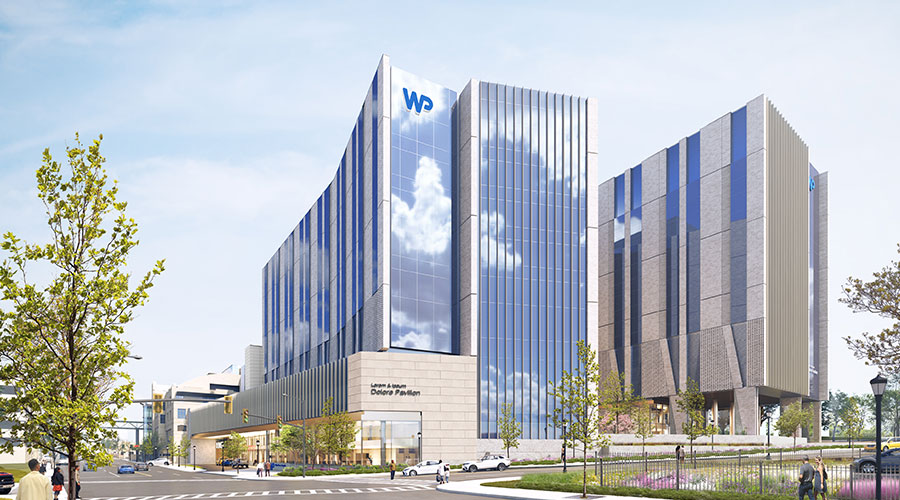 Suffolk Breaks Ground on Expansion of White Plains Hospital
Suffolk Breaks Ground on Expansion of White Plains Hospital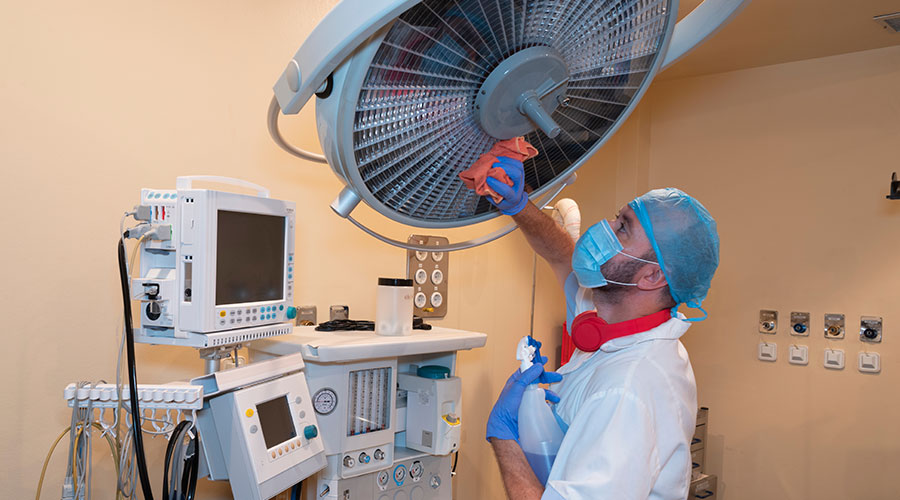 EVS Leadership Culture Critical in Preventing Hospital-Acquired Sepsis
EVS Leadership Culture Critical in Preventing Hospital-Acquired Sepsis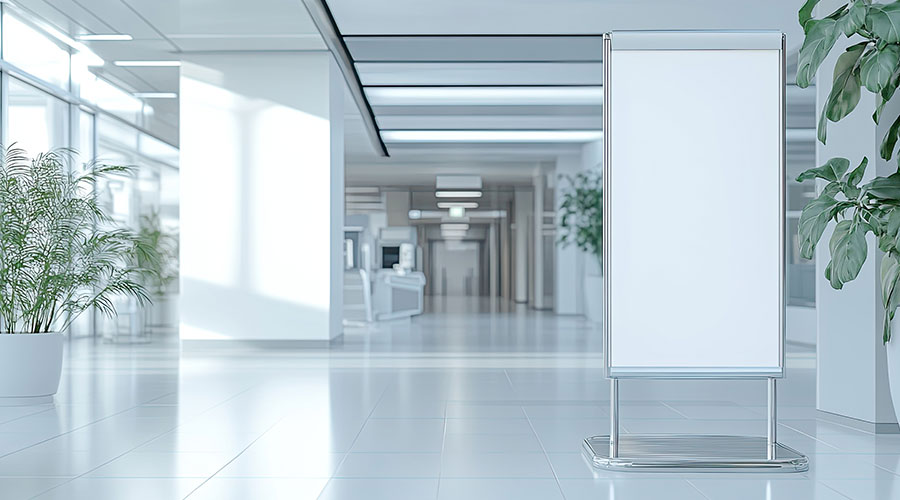 Man Dies by Suicide in Emergency Department Waiting Room at Kansas Hospital
Man Dies by Suicide in Emergency Department Waiting Room at Kansas Hospital